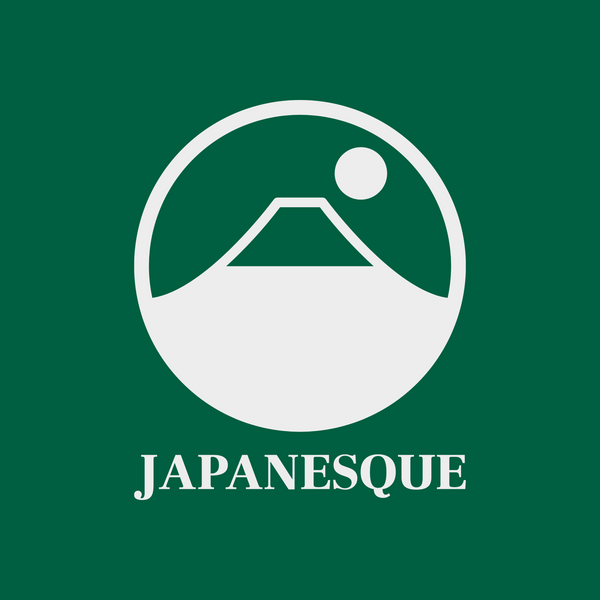8. Miyamotoya Kiln (1832-1859)
The style of Kutani ware, like Aote, is called Akae Kinrande, which has a different taste from Iroe porcelain, and has red color all over the surface. Miyamotoya kiln has mastered this style. In the late Edo period, the name of Iidaya Hachiroemon, who created the red-painted porcelain produced using a single red pigment, was created in this kiln on a par with Yoshidaya kiln's ``Ao Kutani''. It was praised as ``Hachirote'' or ``Aka Kutani.'' The main reason for this is said to be that the red pigment used in the red elaboration of the Miyamotoya kiln was unique, and its color was outstanding and popular.
Among the revived Kutani works, there are the Gosu red paintings of the Kasugayama kiln by Aoki Mokube, the Imari-style colored paintings of the Wakasugi kiln by Yujiro Mita, the gilded red paintings of the Minzan kiln, and the fine red paintings of the Ono kiln by Shozo Kutani. Kaze iroe and other works were the forerunners of Kaga akae, but because they all mixed complementary colors, they were classified as iroe, and the akae gold brocade used in Kutani ware was completed at the Miyamotoya kiln.
From the Kaei and Ansei era to the early Meiji period, the red-painted gold brocades of the Miyamotoya kiln quickly spread throughout the Kaga area. It is said that it was so strong that it reminded people that it was a ``Red Kutani.'' Therefore, it was only natural that this style had a great influence on later Kutani ware. For example, Shozo learned akae from Miyamotoya Kiln Rihachi (a son of Uemon, and is said to have been involved in the management of the kiln from the beginning) and utilized it in his works, and Kazutoshi Asai learned the technique from Hachiroemon in his later years. He learned about this method of depiction, and together with Ginju Takeuchi, he incorporated that method into his works. For this reason, it is said that the origin of the Akae Kinsai coloring in Meiji Kutani was the ``Aka Kutani'' of the Miyamotoya kiln.
